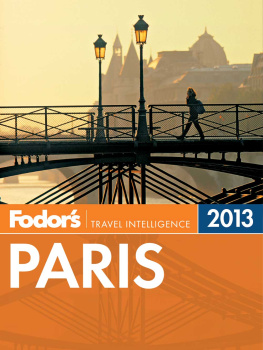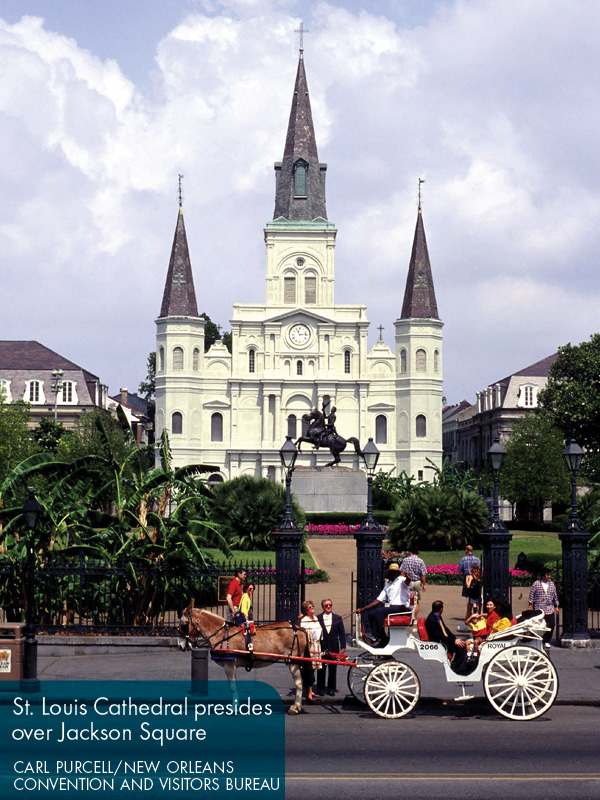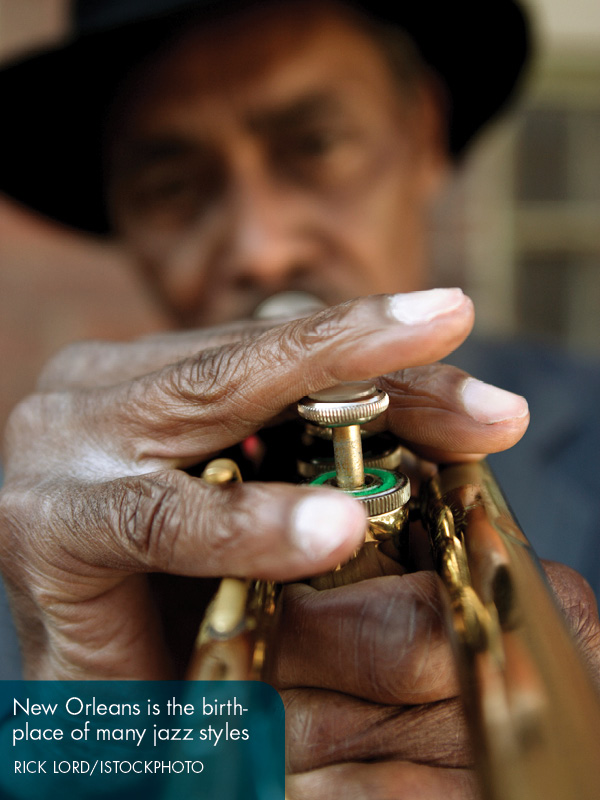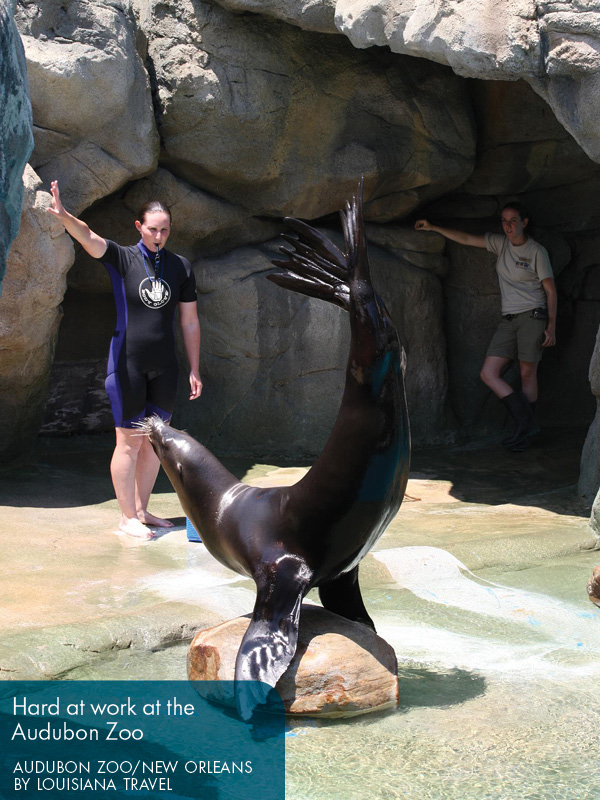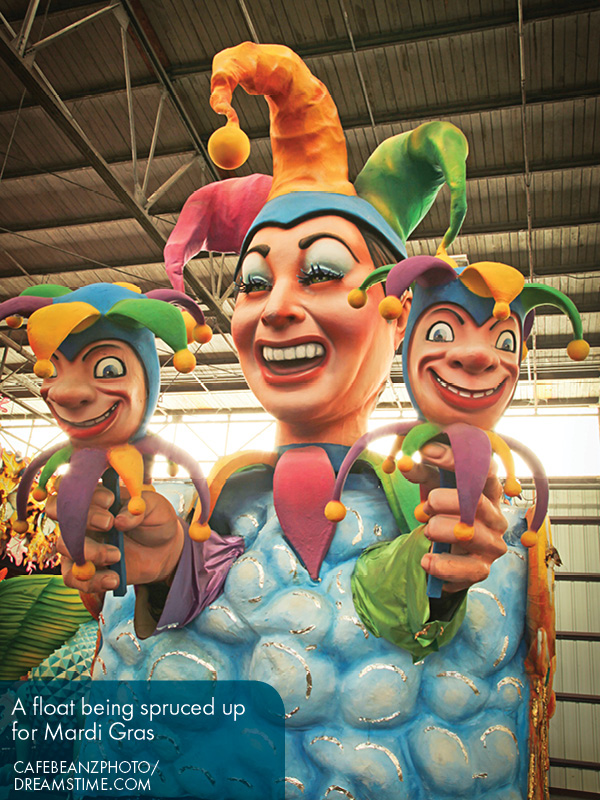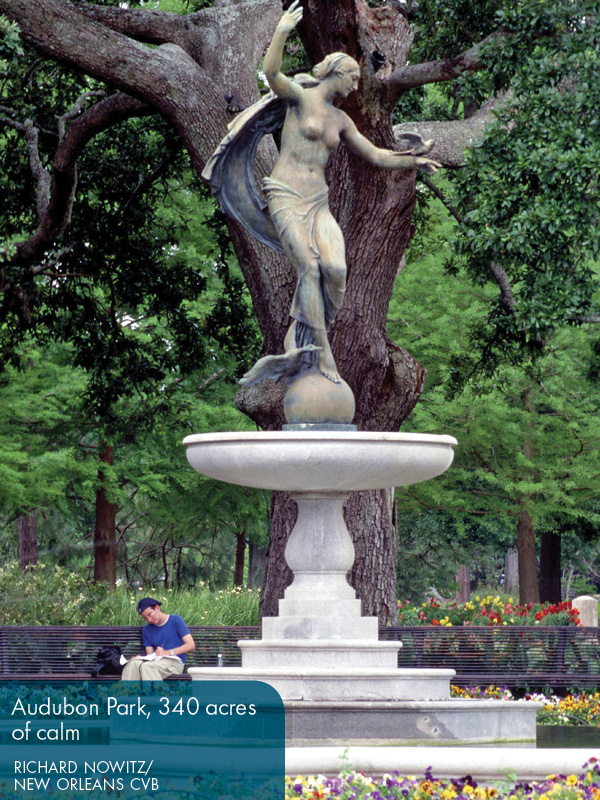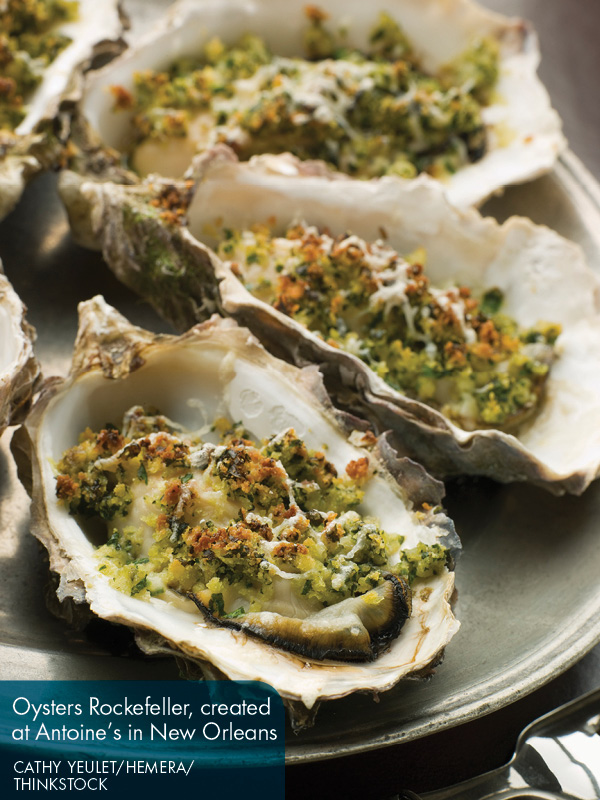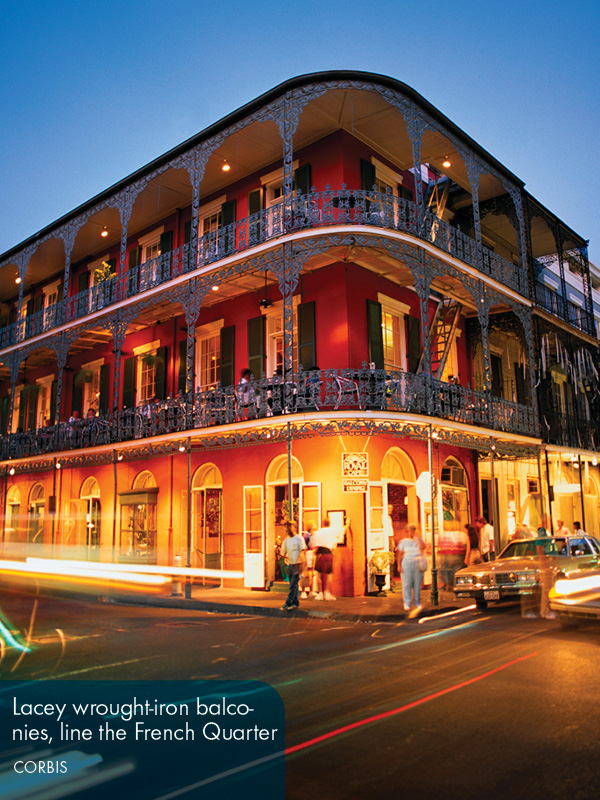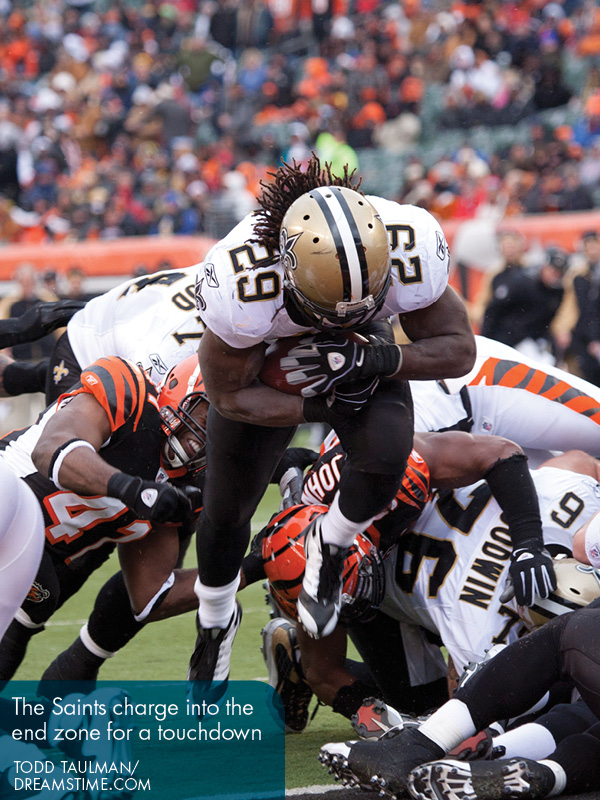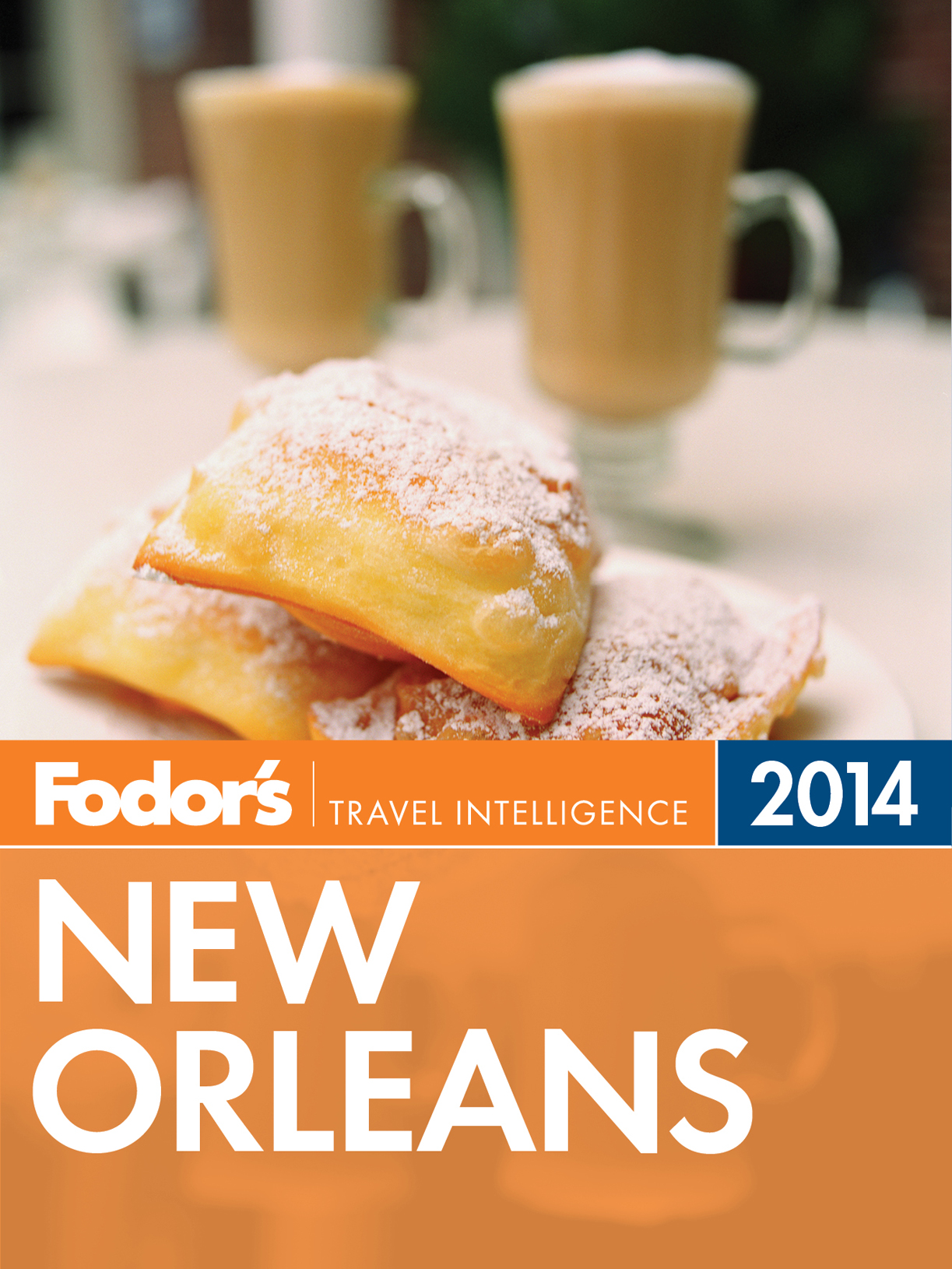

Experience New Orleans
Exploring New Orleans
Side Trips From New Orleans
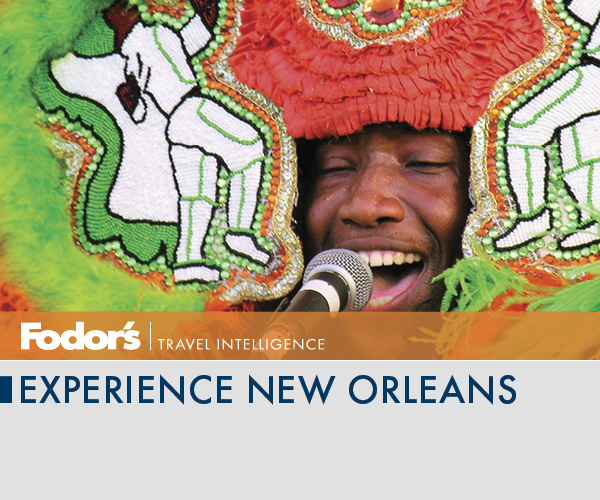
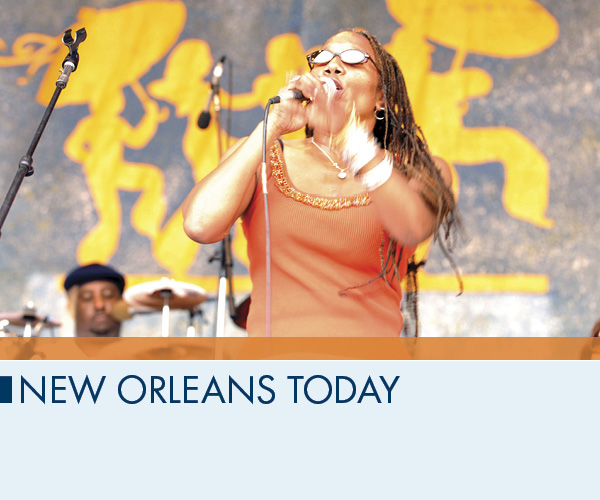
New Orleans is the ultimate urban illustration of the Japanese concept wabi-sabi , which translates literally to perfect-imperfect, but which suggests that, like a sidewalk buckled with cracks where an oak tree root grew up beneath the concrete, or an old plaster wall with bricks showing through, sometimes things are even more special when they are just a little bit broken. New Orleans is perfect in its sheer persistence: this comeback citys age, incredible heritage and history, and unwavering determination to live on and let the good times roll are what makes it so endearing, and so easy to return to again and again.
Todays New Orleans ...
... is like no other place in America. It sounds like a tourist brochure clich, but its true: New Orleans feels like a place out of step with the rest of the country. Some of that is due to geography: this port city has seen an influx of many, many cultures over the course of its history. It welcomes diversity and tolerates lifestyles that deviate from the norma big reason artists and other creative types have long put down roots here. And the fact that the city lies mostly below sea level lends it a certain degree of fatalism and probably, if unconsciously, informs the New Orleans live-for-today attitude.
... is proud of its traditions. Red beans and rice on Monday, St. Josephs altars, jazz funerals, a Christmas visit to Mr. Bingle in City Parkthis is a destination steeped in tradition, one that guards its unique customs. Take Mardi Gras, for example: some of the parading organizations, known as krewes, have been around for more than 150 years, building elaborate floats annually and parading through the streets in masks. The Mardi Gras Indian tradition, likewise, is shrouded in secrecy and ritual: tribes of mostly African American revelers spend months constructing fanciful, Native Americaninfluenced costumes in tribute to actual tribes that once helped escaped slaves find freedom.
... is one giant movie set. Or thats how it seems these days, with multiple film projects going on at any given moment. The scenic backdrop is one reason for all the activity; generous tax credits and a growing local film industry are the other drivers behind what civic boosters have dubbed Hollywood South. In 2012, a new season of HBOs Treme; Quentin Tarantinos Django Unchained; and Hours, a Hurricane Katrina suspense drama starring Paul Walker, were among the many films and TV shows in production.
... is still recovering. Eight years after Katrina hit the city, the areas where tourists tend to wanderdowntown, the riverfront, the French Quarter, Faubourg Marigny, the Warehouse District, and the Garden District/Uptownall show little outward sign of the storms devastating floods. But predominantly residential areas like New Orleans East, parts of Lakeview, and the Lower Ninth Ward are still struggling to recover. As of July 2011, Census Bureau estimates indicated that the citys population was still only 74% of what it had been before the storm.
... is shaping up? Mayor Mitch Landrieu, who will be gearing up to run for re-election in 2014, has taken great strides toward getting the city back on track, but he has also seen controversy and some turmoil within reform efforts. The success of grassroots recovery programs is a bright contrast to any lingering skepticism locals feel about projects started by previous administrations and elected officials. Locally led projects continue to gain ground, including the Ninth Wards George Washington Carver High School sports program, Brad Pitts Make it Right housing-renewal program, the New Orleans Hope and Heritage Project, and Tipitinas Foundation for musicians.
What Were Talking About
After many delays, a massive $30 million Reinventing the Crescent riverfront development project is under way. The plan is to create a series of parks, jogging and biking paths, art spaces, and retail areas along the riverfront. The first fruits of the project are visible in Crescent Park, which runs along the riverfront of the Faubourg Marigny and Bywater neighborhoods. Look for the large, rust-colored arch at Piety Street, which leads over the flood wall and into Piety Gardens. The Mandeville Wharf entrance, nearer the French Quarter, is scheduled to open in spring of 2014.
It may not be named Desire, but the newest part of the famed New Orleans streetcar line is now in operation. The project connects Amtraks Union Station with Canal Street and the Canal Street streetcar route, giving train passengers access to the French Quarter and the Central Business District (CBD) and passing just steps away from the Mercedes-Benz Superdome and the New Orleans Arena.
Forget hair of the dog, Nola is increasingly the spot for Downward Facing Dog as the citys yoga scene continues to grow. New Orleans yoga studios have grown from a paltry six pre-Katrina to currently more than 25, in neighborhoods from the Garden District to Uptown and the CBD. Visitors can even find their chi within view of the St. Louis Cathedral at Yoga at the Cabildo on Jackson Square, Tuesday and Thursday mornings at 7:30 and Saturdays at 8:30, for just $12.
... is on the verge of ____. Fill in the blank; your guess is as good as anybodys. New Orleans has survived an insane number of fires, floods, epidemics, and scandals since its founding in 1718, and there are many encouraging signsnew buildings, streetcar lines, restorations, festivalsthat even Hurricane Katrina couldnt keep this amazing city down. But questions remain: the repaired levees held fast against 2012s Hurricane Isaac, but will they withstand an even larger storm? Will New Orleans manage to move past its propensity to political scandals, crime, and all the ills of urban poverty? Despite the many fortune-tellers plying their trade on Jackson Square, no one knows for sure what the future holds for the Crescent City.
Next page

